Sherman WTP Expansion
Through a phased-approach, Garver expanded a filtration system and developed a 10-year master plan to address growing water demands
To meet historical growth demands, the City of Sherman needs to drastically increase their water production capacity. Garver is currently working with them to provide design and construction support for multiple projects that will increase their capacity from 20 MGD to 55 MGD. This includes expanding the water treatment plant through two design packages.
Work done in the first package focuses on expanding the filtration system within the existing membrane building and expanding the existing treated water high-service pump station to meet the immediate capacity demands, which includes increasing capacity by 5 MGD by 2024. So, we’ve designed the addition of two ultrafiltration (UF) and one reverse osmosis (RO) skid to match existing equipment. Our design implements disc filters to improve filtration, along with pump and instrumentation additions, associated piping and electrical modifications, and integration to SCADA. We also evaluated the pre-treatment systems, including chemical feeds and pre-oxidation basin capacity.
The pumping capacity needs to increase to 25 MGD, which is why our design includes replacing the pumps, as well as associated piping modifications and electrical improvements. We also assisted with bidding and are now providing construction administration and observation services.
The second package includes developing a master plan of the entire WTP to determine which phased improvements are needed to meet the plant’s capacity goals over the next decade. As part of this work, we conducted process, mechanical, electrical, and structural assessments of the existing plant to determine what facilities can be depended upon for future production.
Our support went beyond site assessments and included review of previous studies and reports, the previous three years of process data, water quality data, daily monitoring reports, and operations and maintenance (O&M) manuals, which helped evaluate the current operating conditions of the plant. As part of the evaluations for treated water blending, we developed a test plan and protocol for disinfection byproducts (DBPs) testing and corrosion studies. All this then informed our master planning efforts for phased expansion to meet projected demands.
We then developed a conceptual design report (CDR) to document the approach, which included additional UF and RO membrane treatment facilities in a new building. The building will house up to 30 MGD of treatment equipment, starting with 10 MGD initially. Additional units will be installed as demands increase.
With the new membrane building serving as the heartbeat of the new south plant, we recommended a new pre-oxidation basin, a new chemical storage building, finished water clear well, and high service pump station, all to support the new south plant.
In addition to our facility designs, we’re also assisting the City with piloting alternative pre-oxidation and disinfection chemicals. The Texas Commission Environmental on Environmental Quality (TCEQ) responded to our pilot plan submission with clarification questions regarding the innovative process. So, we conducted jar testing in the City’s lab to confirm the theoretical models with the actual water and chemicals that the City would be using during the pilot. The results closely matched the expected values and validated the proposed operating conditions for the pilot testing. Once approved and conducted, the pilot-tested approach will be incorporated into the final design.
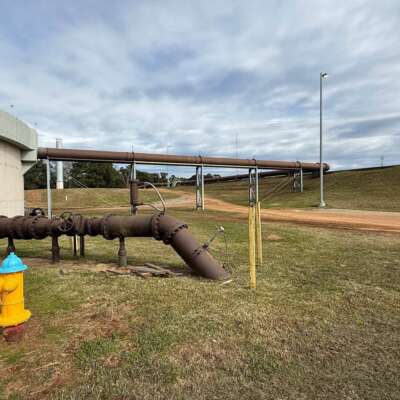

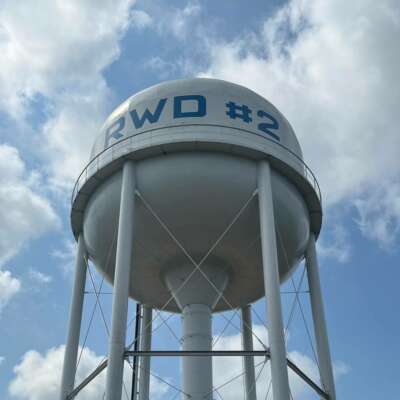
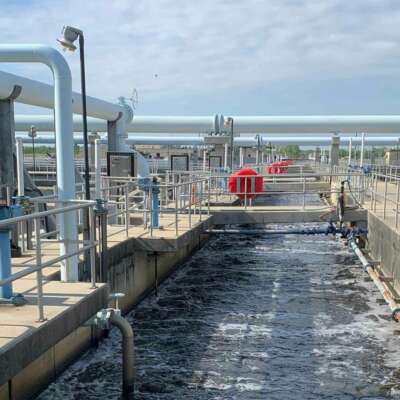



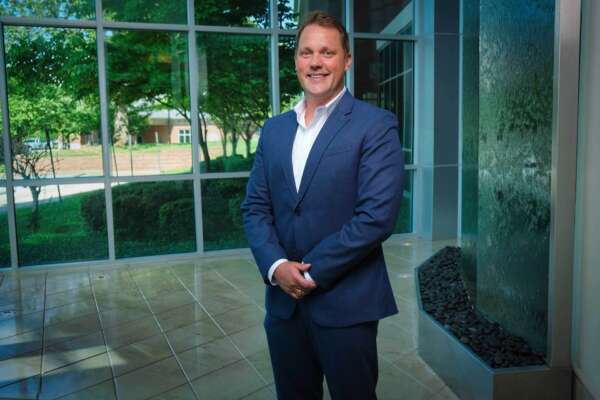
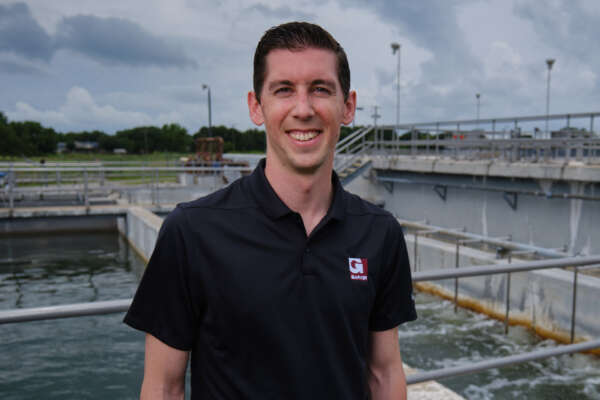
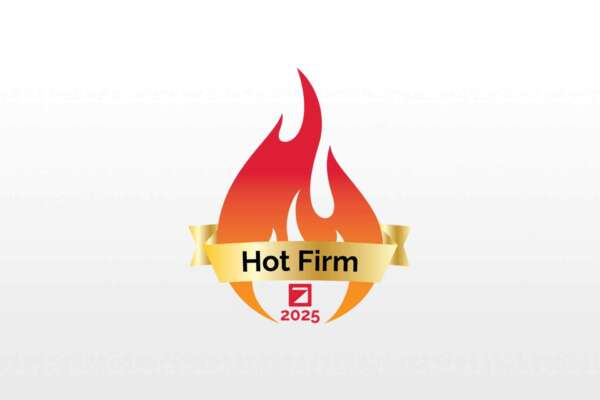
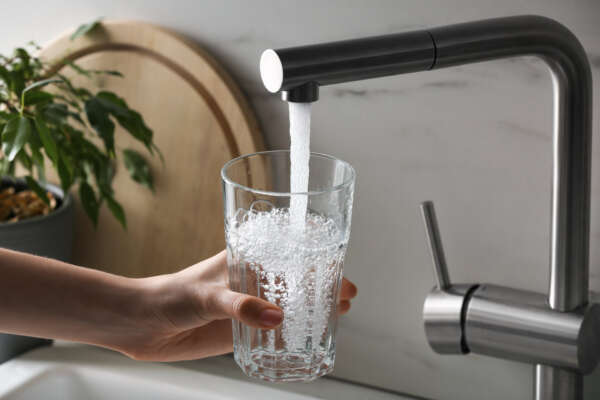
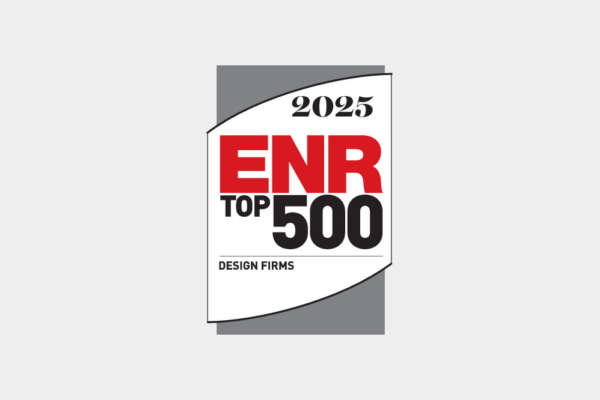

Share this article